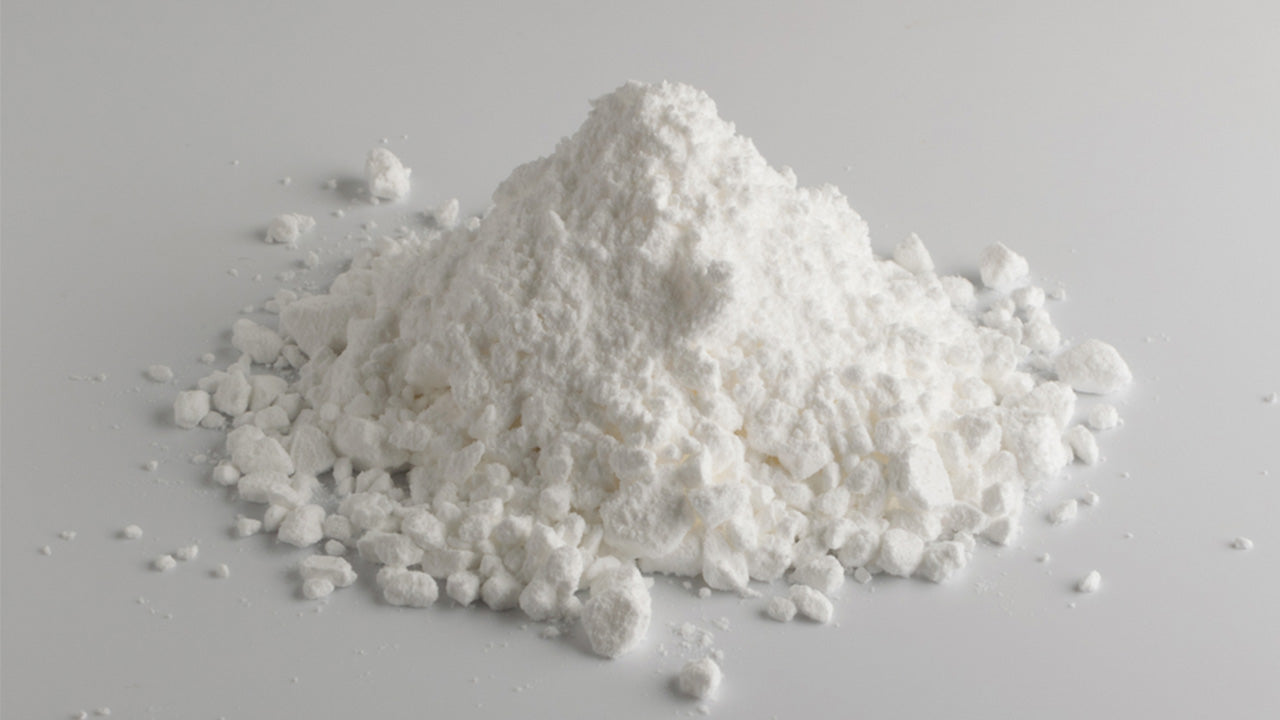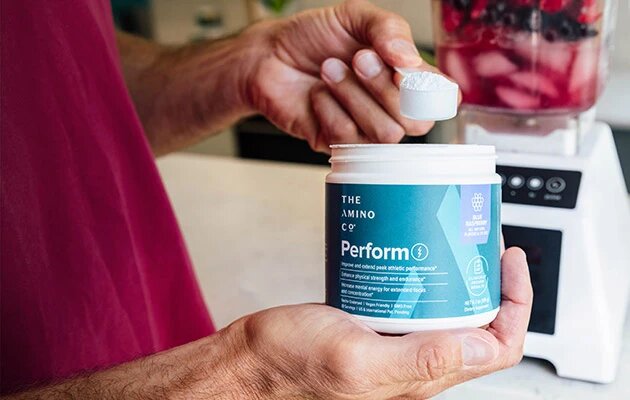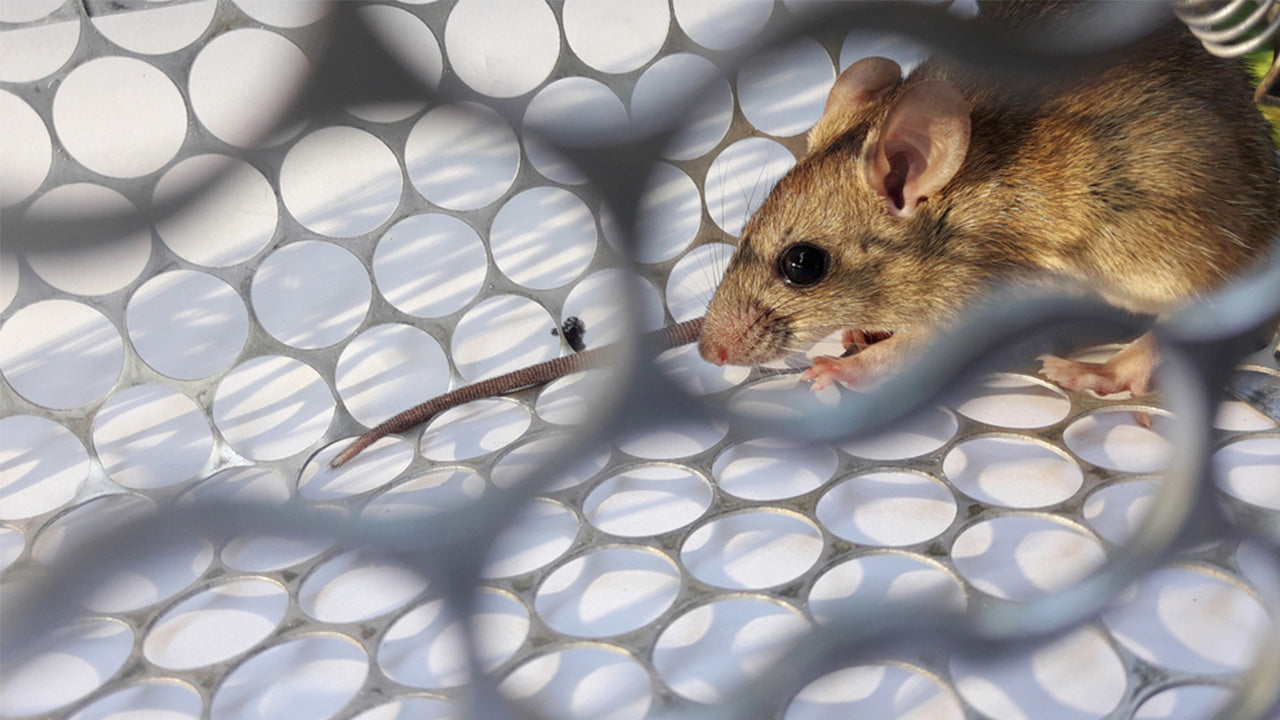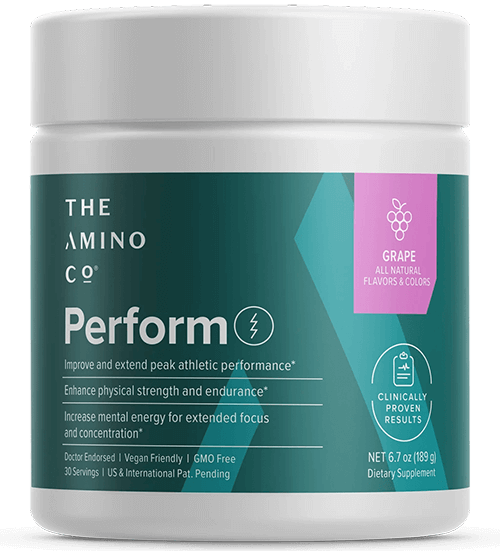D-Mannose: UTI Prevention and Treatment
 By: by Amino Science
By: by Amino Science

If you suffer from recurrent urinary tract infections (UTIs), then you are already well aware that unsweetened cranberry juice is on the top of the home remedy list. You may not know that one of the aspects of cranberry juice that makes it so helpful is a compound known as D-mannose, a type of sugar related to the better-known substance glucose. This simple sugar is found naturally in the body and in a variety of foods, and recent clinical trials are discovering that D-mannose UTI treatment is a promising possibility. Read on to learn more about D-mannose, its other dietary sources, and how it may help those dealing with recurrent UTIs.

Symptoms and Risk Factors of UTI
Urinary tract infections do not always cause signs and symptoms, but when they do those symptoms could include:
- A persistent urge to urinate
- A burning sensation during urination
- Passing small, frequent amounts of urine
- Cloudy urine
- Pink-, red-, or cola-colored urine (a sign of blood in the urine)
- Unusually strong-smelling urine
- Pelvic pain, especially in women, in the center of the pelvis and around the pubic bone
Women are more at risk of developing UTIs because the urethra is shorter in female anatomy, which thus shortens the distance bacteria has to travel to reach the bladder. Sexual activity increases this risk, as well as certain types of birth control like diaphragms and spermicidal agents. Menopause can leave women more vulnerable to UTIs as well, and conditions like diabetes, or requiring the use of a catheter.
What Is D-Mannose for UTI?
D-mannose is a simple sugar, meaning it consists of only one molecule of sugar. While it naturally occurs in your body, D-mannose can also be found in some plants in the form of starch. Fruits and vegetables that contain D-mannose include:
- Apples
- Broccoli
- Cranberries (and cranberry juice)
- Green beans
- Oranges
- Peaches
D-mannose is also included in certain dietary supplements, and is available as a powder or in capsule form. Some supplements are made exclusively of D-mannose, while others may include additional ingredients like cranberry, hibiscus, dandelion extract, rose hips, or probiotics. D-mannose is often taken to treat or prevent urinary tract infections because it is able to stop specific bacteria from growing inside the urinary tract. The question is: does the use of D-mannose effectively treat UTIs?
The Science Behind D-Mannose UTI Treatment
There is scientific evidence detailing how D-mannose works to combat the bacterium that causes infections in the urinary system. Escherichia coli (E. coli) causes an estimated 90% of UTIs. When E. coli gets into the urinary tract, it latches onto the cells and starts to grow, causing an infection. Researchers believe that D-mannose, whether consumed in foods or ingested via D-mannose supplements, can work to prevent UTIs by stopping the E. coli bacteria from attaching to the cell walls in the first place.
When D-mannose is consumed, it travels through the same digestive pathways as all the other foods you eat, eventually finding its way to your kidneys and urinary tract for elimination from the body. Once arrived, if there are any E. coli bacteria present, D-mannose combines with them before they can attach to your cells, and carries them out of your body during urination.
While there hasn't been an overwhelming amount of research done on those with chronic or acute urinary tract infections, a few pilot studies show promising support of D-mannose's potential in preventing and clearing up UTIs.
- One 2013 clinical trial evaluated the effect of D-mannose supplementation on 308 women who had a history of recurrent UTIs. Over a 6-month period, D-mannose worked about as well as the antibiotic treatment nitrofurantoin, without the potential adverse effect of developing antibiotic resistance.
- A 2014 study of 60 adult women found that D-mannose, when compared to the antibiotic trimethoprim/sulfamethoxazole, appeared to be a safe and effective treatment and prevention tool. Not only did D-mannose reduce UTI symptoms in those women with active infections, but it was also more effective than the antibiotic in preventing recurring infections.
- Another study in 2016 tested D-mannose's effects on 43 women with active UTIs, observing that by the end of the study, most of the women had improved symptoms.
Where to Buy D-Mannose for a UTI and How to Use It
There are many D-mannose products that are widely available at pharmacies, health food and wellness stores, or for purchase online. When choosing a D-mannose product, keep in mind these three questions:
- Are you seeking to prevent infection or to treat an active UTI?
- What is the dose you'll have to take?
- What is the type of product you want to consume? (Powder or capsule? D-mannose alone or in a combined supplement?)
D-mannose is most often used for preventing UTIs in people who have them frequently, or for treating the symptoms of active urinary tract infections. How much D-mannose to take for a UTI depends on whether you're treating or preventing, and based on the dosages used in the above-mentioned clinical research, suggested dosages are:
- For preventing frequent UTIs: 2 grams of D-mannose once per day, or 1 gram twice per day.
- For treating active UTIs: 1.5 grams of D-mannose twice per day for 3 days, then once per day for the following 10 days; or 1 gram 3 times per day for 14 days.
As far as the difference between capsules and powders, that is solely up to your personal preference. You may prefer a powder if you don’t like to swallow large capsules, if you want to avoid the fillers that are often included in manufacturers’ products, or if you have dietary restrictions on gelatin capsules. Many products provide you with 500-milligram capsules, meaning you may need to take 2-4 capsules to get the dose you're looking for. Powder on the other hand would allow you to do your own measuring. D-mannose powder can be dissolved in a glass of water for drinking, or combined into smoothies. The powder easily dissolves, and in plain water D-mannose has a sweet taste.
Possible Side Effects of Taking D-Mannose
Most people taking D-mannose do not experience any side effects, but some have reported loose stools or diarrhea. Those with diabetes should consult a health care professional for medical advice before taking D-mannose, as it is a form of sugar and may need to be carefully monitored in relation to blood sugar levels.
Those with an active UTI should also consult a trusted health care provider, because the ability of D-mannose to treat an active infection for some may not be a sure-fire solution for all. Delaying antibiotic treatment of an active infection could allow enough time for the infection to spread to the kidneys and the blood, resulting in a much more serious medical condition.
D-Mannose Gets an "A" for Effort
While more research needs to be done on D-mannose's potential for treating UTIs, it's nevertheless a safe option to try for those who want to prevent UTIs and bladder infections from occurring in the first place. Talk with your doctor about whether this supplement might be the key to arming your immune system against invading urinary tract bacteria. For overall immune support, essential amino acid supplements are a proven ally...and side effect free!

Up to 25% off Amino
Shop NowTAGS: conditions natural cures
Join the Community
Comments (0)
Most Craveable Recipes




 833-264-6620
833-264-6620



















